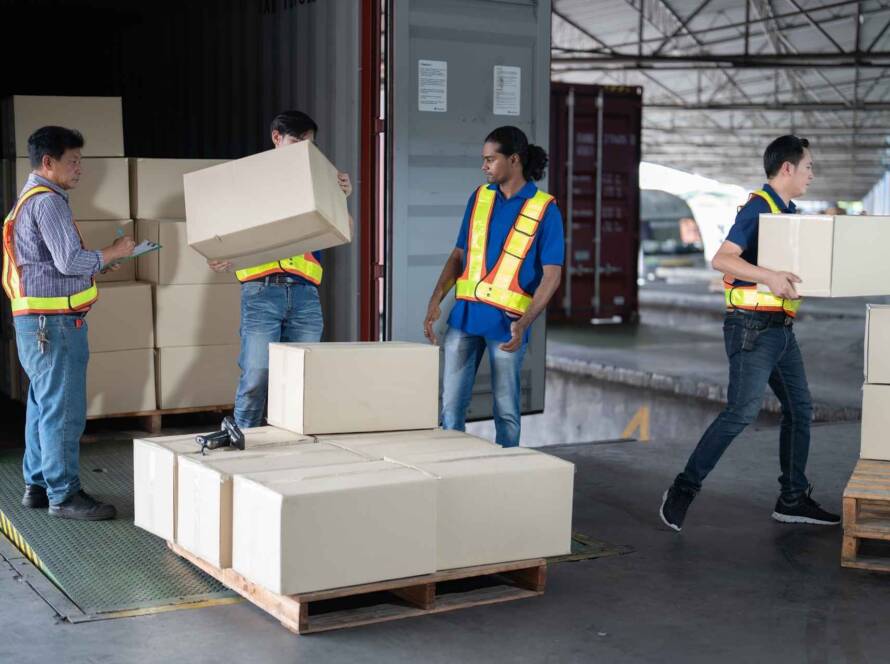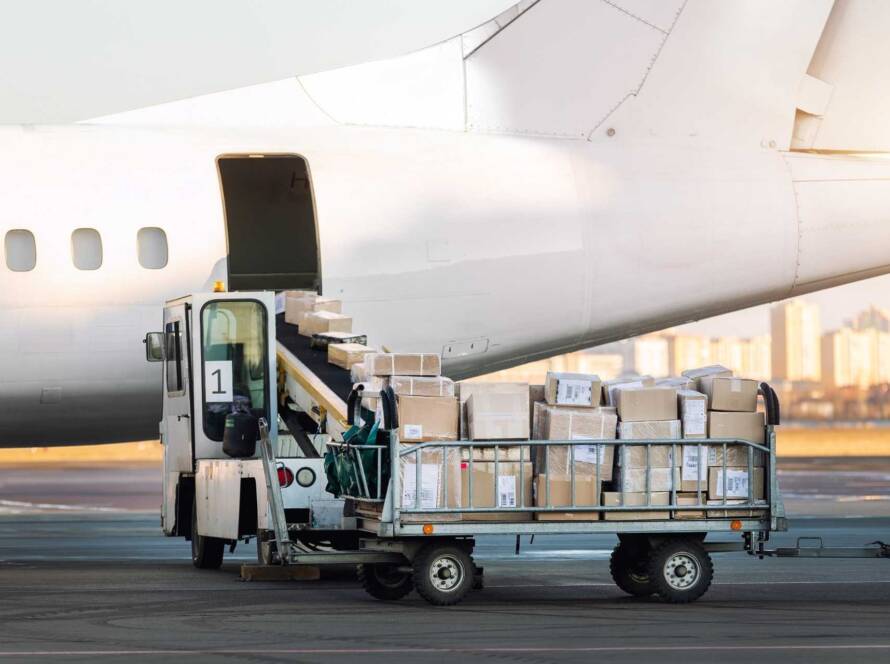In the logistics and transportation industry, understanding cargo categories and types is essential for efficient handling, storage, and delivery. Different goods require different treatment, packaging, and transport conditions. Whether you operate in wholesale, retail, manufacturing, or distribution, knowing these classifications ensures compliance with regulations, prevents damage, and optimizes your supply chain.
This guide outlines the main categories of cargo and their common types.
1. General Cargo
General cargo refers to goods that are packaged and handled individually rather than in bulk. These are typically transported in boxes, crates, barrels, or pallets.
Examples include:
- Consumer goods (electronics, clothing, appliances)
- Machinery and spare parts
- Packaged food products
General cargo can be further divided into:
- Break Bulk Cargo — goods loaded individually, such as machinery or large cartons.
- Containerized Cargo — goods transported in shipping containers for efficiency and security.
General cargo usually requires careful packaging to prevent damage and may involve palletization for easy loading and unloading.
2. Bulk Cargo
Bulk cargo consists of large quantities of goods transported without packaging. It can be classified as either dry bulk or liquid bulk.
- Dry Bulk Cargo: Includes grains, coal, minerals, cement, and similar commodities. Transported in bulk carriers, silos, or specialized vehicles.
- Liquid Bulk Cargo: Includes oil, chemicals, liquid food products, and fuels, often transported in tankers or pipelines.
Bulk cargo operations require specialized equipment for loading and unloading, such as conveyors, pumps, or cranes.
3. Perishable Cargo
Perishable cargo includes goods that have a limited shelf life and require controlled environments during transportation and storage.
Examples include:
- Fresh fruits and vegetables
- Dairy products and meat
- Pharmaceuticals and vaccines
To maintain quality, perishable cargo is transported in temperature-controlled environments (cold chain logistics). Delays or improper handling can lead to spoilage, making time-sensitive delivery crucial.
4. Hazardous Cargo
Hazardous cargo refers to goods that pose a risk to health, safety, property, or the environment. These materials require strict compliance with safety regulations during handling, storage, and transportation.
Examples include:
- Explosives
- Flammable liquids and gases
- Toxic chemicals
- Radioactive materials
Hazardous cargo is classified under international systems like the UN Dangerous Goods classification. Specialized packaging, labeling, and documentation are mandatory, along with trained personnel for handling.
5. Project Cargo
Project cargo refers to large, heavy, or complex pieces of equipment that are often used in industrial projects. These shipments require special planning due to their size, weight, and handling requirements.
Examples include:
- Wind turbine components
- Construction machinery
- Power plant equipment
Transporting project cargo often involves multiple modes of transport (multimodal logistics) and specialized vehicles such as flatbeds or heavy-lift trailers.
6. Livestock Cargo
Livestock cargo covers the transportation of live animals. This requires adherence to strict animal welfare regulations, proper ventilation, feeding arrangements, and minimized travel times.
Examples include:
- Cattle and sheep
- Poultry
- Horses for racing or breeding
Specialized livestock carriers or trucks are used to ensure the animals’ safety and comfort throughout the journey.
7. High-Value Cargo
High-value cargo refers to goods of significant monetary worth that require additional security measures.
Examples include:
- Precious metals and jewelry
- Artwork and antiques
- High-end electronics
These shipments often require GPS tracking, security escorts, and insured transportation to mitigate risks.
Conclusion
Identifying cargo categories and types is not just an industry formality—it directly affects how goods are packaged, stored, transported, and delivered. Each category has its own handling procedures, equipment requirements, and regulatory guidelines.
For businesses, understanding these distinctions helps in:
- Choosing the right logistics partner
- Ensuring compliance with safety and legal requirements
- Reducing damage and loss risks
- Optimizing cost and delivery time
Whether you’re shipping bulk commodities, fragile perishables, or high-value items, selecting the correct handling approach is key to maintaining product integrity and customer satisfaction. In logistics, there’s no one-size-fits-all solution—each cargo type demands its own strategy.

